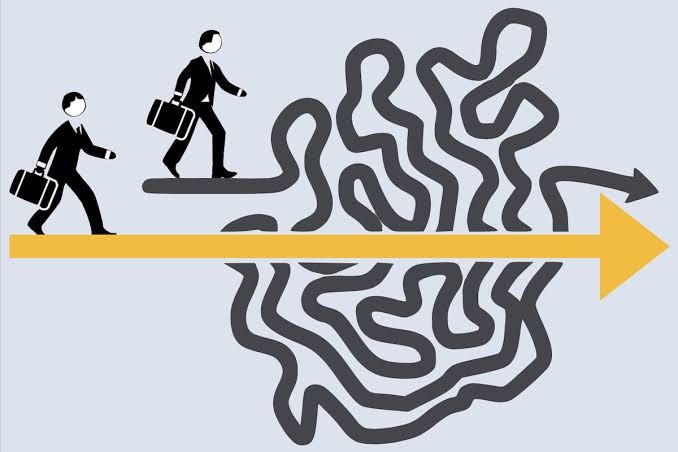Heuristics are strategies that help to solve problems quickly. These are mental shortcuts and involves problem-solving techniques that result in a quick and practical solution. For situation which involves time constraints, or when a piece of information is missing, heuristics act as “rules of thumb” to find a practical pathway. It can minimize cognitive load and helps to make immediate decisions.
So, what is heuristics in marketing? Heuristics involves:
- An initial state which marks the inception of the problem-solving process.
- A goal state that is to be reached.
- Path constraints that can impose issues in the problem-solving process.
While developing a market entry strategy, marketers deploy specific heuristic and decide on a solution that will give them a particular advantage over their competitor to increase the outreach of their product in the new market. The marketer uses cues and rules of thumb from prior experience to market the product.
Different kinds of heuristics have been identified, namely, availability, representativeness, and anchoring and adjustment. Heuristics is prevalent in the field of marketing. The availability heuristic, which is a kind of bias in which one is dependent on the easily recalled information to make decisions, has been widely used in market orientation. The old marketing tactic in which businesses sell ‘solution’ instead of the product presents a problem scenario. So as soon as they think of the problem, customers are likely to think of this solution because of the availability heuristic immediately.
Representativeness heuristic bias occurs when the similarity of events confuses the audience as they think about the probability of an outcome. In marketing, enterprises seek to categorize the product under a particularly preferred stereotype so that the customers are more likely to purchase your product. Authority heuristic takes place when a person believes the opinion of others based on the individual’s authority. Heuristics is an integral part of marketing-related decision-making processes. Here are five ways in which heuristics are impacting the marketing landscape.
Confirmation Bias
Confirmation bias is the search for information that confirms one’s current beliefs or hypotheses. Confirmation heuristic is used in marketing to reinforce what consumers “already know” about the brand. Consumers begin to associate their identity with a particular brand, and they use confirmation heuristic to assume that they cannot switch brands.
They feel that the brand inspires them, and they begin to associate a part of themselves with it. While producing the product/service, the marketers assess if it conforms to the pre-existing beliefs of customers so that they can optimize the sales by aligning the product to the target customers’ premises.
Aesthetic Appeal
Keats heuristics involves the use of aesthetic appeal and rhyming expressions, phrases, or headlines. It is a cognitive bias that can improve memorability and aid recall. For example, in marketing, a combination of the aesthetic qualities of words rhyme is used while marketing brands. It is because the customers tend to find that phrases that rhyme as more believable. Hence due to their ease of cognitive processing, it can directly augment the sales of a product.
Exposure Effect
The Mere-Exposure Effect is used in marketing to move customers to attach positive feelings towards a brand. It is built on the establishment of familiarity, causing people to like a brand more due to previous exposure to it. Thus, there is a consistent call to action to improve the processing efficacy of the brand and generate positive feelings towards it.
In addition, familiarity enhances the ability to engage your consumers with your product and ultimately improve conversion rates. Hence, the mere exposure effect is a kind of heuristics that creates a stimulus that can positively affect the brand.
Heuristics For Decision Making
The success of marketing hinges on the many day-to-day decisions they make or approve. From product development to acquisition, they need to accelerate their decision-making process. Often they develop a strong bias toward alternatives that perpetuate the status quo.
According to the market trends, they reduce or add to the product price, adjust rates biennially rather than annually, define different terms for extending the lease, and much more. Hence, a heuristic decision can either have a positive or negative impact. To reduce the downsides, the marketers need to view the findings from a different perspective and try to use other starting points instead of sticking to one end.
Inspire Consumer Confidence
Heuristics are used for inspiring consumer confidence to make them quickly select the concerned brand. Often they use authority heuristic to drive brand loyalty. When markets the brand, a perceived high-authority person instills confidence in the customers, which causes them towards the brand and optimize brand image and sales in the niche market.
To Conclude:
Heuristics is a part of influences marketing strategy. The way the target audience process information, perceives brands and makes purchase decisions. It involves strong CTAs, and if applied correctly, it can move the brand to success.
